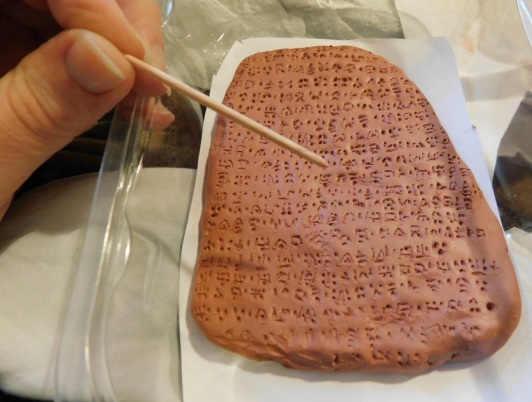Happy International Lego Classicism Day to all our friends and colleagues! In celebration this year, I have been working on something special: a re-imagining of the cover art from John Chadwick’s The Mycenaean World book, in a 3D Lego model. Far from a just-for-fun exercise, this actually has some helpful practical applications in making us question what Mycenaean scribes did at work, and how Linear B archives functioned.
 Continue reading “Reconstructing Mycenaean scribes and archives… in Lego!”
Continue reading “Reconstructing Mycenaean scribes and archives… in Lego!”




